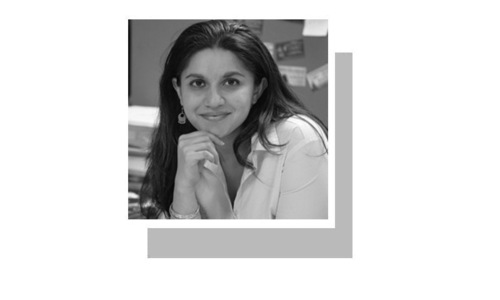KARACHI: In 1947, the French novelist and essayist Albert Camus came out with a novel The Plague that later became one of his most critically acclaimed books. It was about an epidemic that spreads in the city of Oran and how some characters’ fight against it. Critics thought it was a departure for Camus from his absurdist ideas to a place where his characters are found in a moral struggle to defeat the malady, that is, to preserve and assert ‘human dignity’.
A decade or so back, Czech novelist, short story writer and playwright Karel Capek wrote a drama, The White Plague,which focused on the themes of war and disease. It was penned against the backdrop of a looming danger to his country from Germany. It can be said, then, that in the former half of the 20th century, plagues were used as potent metaphors for human struggle against man-made, anticipated and unanticipated catastrophes.
Last year, theatre person and actor Meher Jaffri directed The White Plague, which was performed in one of the studios at the Arts Council. On Friday evening, the drama premiered for a three-day run, this time at the council’s main auditorium.
Directed by Mehr Jaffri, The White Plague completes its three-day run at Arts Council today
The play has a few central characters. The Marshal (Saad Zameer) is one of them who is a war-mongering dictator. Proceedings on stage, however, begin when a journalist (Manal Siddiqui) comes to interview Dr Sigelius (Fawad Khan) about a leprosy-like disease that has spread in the region and is a life-threat, especially to people over 45 years of age. It is clear from the chitchat that Dr Sigelius is a wily character who obsequiously serves the state.
In comes Dr Galen (Kashif Hussain), who has his heart in the right place. He has found the cure for the disease but until the fascist tendencies of the leader of the state cease, he only wants to treat the poor, not the rich.
As can be gauged from the premise of The White Plague, Meher Jaffri’s effort is well intentioned. When the show was previously put up, due to the seating arrangement in the studio, certain performers — for example, those who fall on the ground after getting weakened by the ailment — were not as visible as they ought to be.
This time around, the auditorium allows the director to use the whole span of the space, which goes with the significance of the subject.
Meanwhile, according to an Arts Council of Pakistan Karachi press release issued on Saturday, the theater production is dedicated to the memory of legendary artist Zia Mohyeddin, as it was his last commissioned drama.
Published in Dawn, August 25th, 2024














































Dear visitor, the comments section is undergoing an overhaul and will return soon.